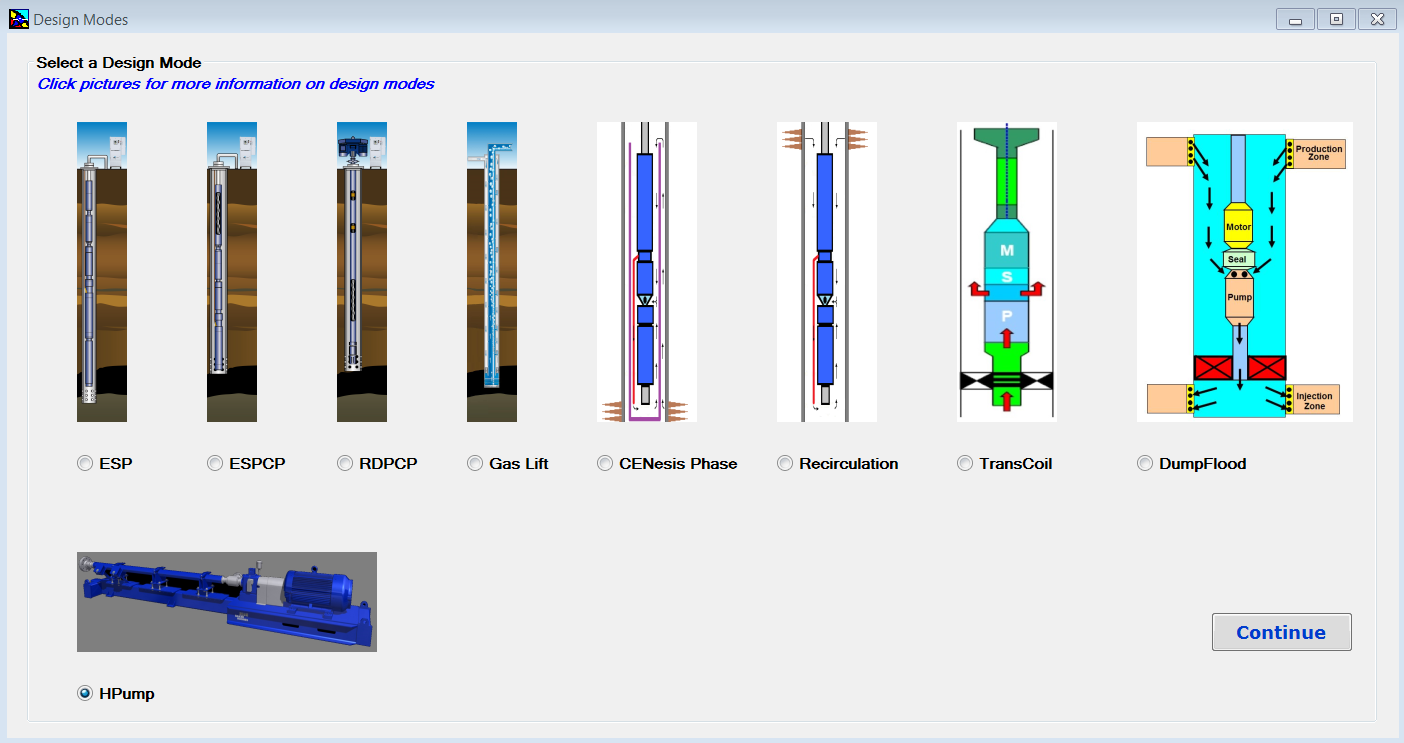1. Conventional Unit:
The conventional pumping unit is a modern version of the beam pumping unit first built in 1926 with the invention of crank counterbalance. It is a rear mounted class 1 lever system with crank counterbalance.
Typically, if one were to drop a plumb line off the equalizer bearing that line would fall over the center of the crankshaft. This machine can be rotated both Clockwise (CW) and Counterclockwise (CCW) with approximately the same performance characteristics.
It is manufactured in a wide variety of sizes and it can be fitted with many types of prime-mover bases that attach to the normal unit base.
This is the most common pumping unit type, because of its relative simplicity of operation, low maintenance requirements and adaptability to a wide range of field applications. As the cranks on a conventional unit rotate, the pitman side members cause the walking beam to pivot on a center bearing, moving the polished rod. Adjustable counterweights are located on the cranks.
As detailed by the article titled “Beam Pumping Unit Principles and Components“, most important parts of the conventional units are: Base, Counterweight, Crank, Samson Post, Horse Head, Walking Beam, Equalizer, Pitman, Gear Reducer, Brake and Prime Mover.





